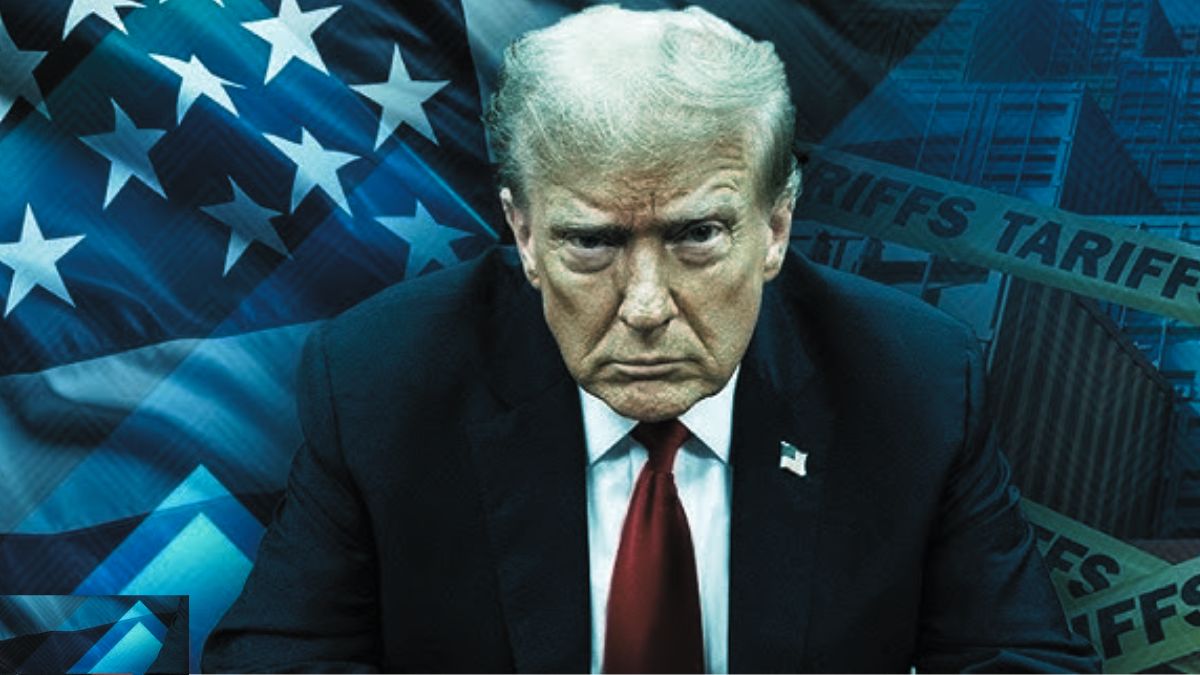President Donald Trump’s latest wave of sweeping tariffs is shaking the foundations of global trade and leaving a trail of economic pain across rich and poor nations alike. Countries such as Laos, Algeria, Canada and Switzerland are now facing steep levies as Trump intensifies his protectionist agenda. But while allies scramble for exemptions and rivals brace for economic fallout, but analysts say no one has truly come out ahead not even the United States.
“In many respects, everybody’s a loser here,’’ Barry Appleton, co-director of the Center for International Law at New York Law School told AP.
Since returning to the presidency six months ago, Trump has torn up traditional trade norms, replacing multilateral agreements with a unilateral approach driven by threats and economic clout.
“The biggest winner is Trump,” said Alan Wolff, former deputy director-general of the World Trade Organization. “He bet that he could get other countries to the table on the basis of threats, and he succeeded dramatically.’’
Trump’s tariff regime began on April 2, dubbed “Liberation Day” when he imposed “reciprocal” taxes of up to 50% on imports from countries with which the U.S. runs trade deficits, and a 10% baseline tax on others. Declaring the trade imbalance a national emergency under a 1977 law, Trump bypassed Congress to implement the sweeping changes, now being challenged in court.
After an initial market selloff, Trump paused the new tariffs for 90 days to allow room for negotiations. Some countries took the opportunity to strike deals, though often under heavy pressure.
The United Kingdom agreed to a 10% tariff, up from 1.3%, despite having maintained a trade surplus with the U.S. for nearly two decades. The European Union and Japan settled for 15%, lower than the threatened 30% and 25%, respectively.
Other countries that agreed to higher tariffs include Pakistan, South Korea, Vietnam, Indonesia, and the Philippines.
Even those with reduced levies compared to April levels remain far worse off than pre-Trump norms. Angola’s tariffs dropped from 32% to 15%, but were below 1.5% in 2022. Taiwan saw its April rate of 32% lowered to 20%, but still faces a financial burden.
Impact Shorts
More Shorts“20% from the beginning has not been our goal, we hope that in further negotiations we will get a more beneficial and more reasonable tax rate,” Taiwan’s President Lai Ching-te said Friday.
Trump also rolled back Lesotho’s tariff from 50% to 15%, but economic damage there may already be done.
On the harsher end, nations that refused to bend or angered Trump in other ways got slammed. Laos and Algeria whose GDPs per capita are a fraction of America’s now face tariffs of 40% and 30%, respectively.
Brazil was hit with a 50% tax, reportedly in retaliation for its treatment of former President Jair Bolsonaro. Despite a consistent U.S. trade surplus with Brazil, the tariff went ahead.
Canada was slapped with a 35% import tax, a move some analysts tie to Ottawa’s plan to recognise Palestinian statehood, a position contrary to Trump’s strong support of Israeli Prime Minister Benjamin Netanyahu.
Switzerland, which didn’t secure a deal, was struck with a 39% tariff, more than the 31% initially proposed.
”The Swiss probably wish that they had camped in Washington’’ to make a deal, Wolff commented. ”They’re clearly not at all happy.’’
Trump’s actions are now facing legal scrutiny. A group of American companies and a dozen states are suing, arguing that he overstepped his authority under the 1977 law. A New York court recently blocked the tariffs, but allowed collection to continue pending appeal, which may end up before the US Supreme Court.
Judges on the US Court of Appeals have expressed scepticism about the justification behind Trump’s measures.
“If (the tariffs) get struck down, then maybe Brazil’s a winner and not a loser,’’ Appleton said.
Although Trump frames tariffs as a way to tax foreign countries, in practice, U.S. importers bear the cost and pass it on to American consumers.
Goldman Sachs estimates that foreign exporters have absorbed only a fifth of the tariff burden, leaving U.S. businesses and households to shoulder the rest. Major retailers and manufacturers including Walmart, Nike, and Ford — have raised prices in response.
”This is a consumption tax, so it disproportionately affects those who have lower incomes,’’ said Appleton. “Sneakers, knapsacks … your appliances are going to go up. Your TV and electronics are going to go up. Your video game devices, consoles are going to up because none of those are made in America.’’
With average U.S. tariffs rising from 2.5% at the start of 2025 to 18.3% — the highest since 1934 — Yale’s Budget Lab estimates the policy will cost the average American household $2,400 this year.
“The U.S. consumer’s a big loser,″ Wolff concluded.
With inputs from agencies
)